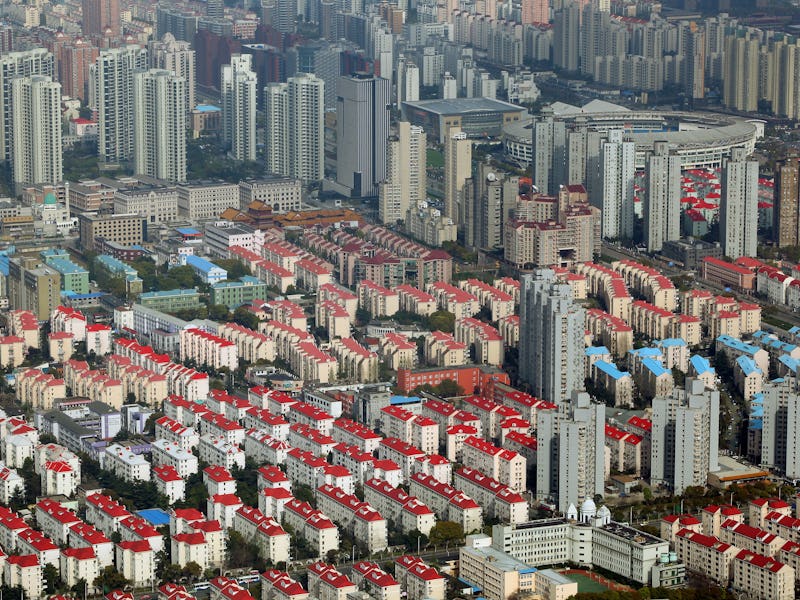'Megacities' Set to Transform Asia-Pacific Region by 2050
The crux of growth will occur in India and China.

Towering high-rise apartment buildings, winding, gridlocked thoroughfares, and air filled with industrial smog are among the challenges a teeming middle class of 2 billion will have to contend with in the Asia-Pacific region in in 2050, according to a new report published today by the United Nations.
In the State of Asian and Pacific Cities 2015, UN researchers outline the innately claustrophobic future set to squeeze the region’s resources, and affect life for an already voluminous population.
Smog in Jakarta, Indonesia
“Urban demographics will magnify our challenges, as they accompany steeper growth in national outputs, which already outpace population growth. Growing demand will increase policy and resource pressures, as our cities will be home to a middle class of 2 billion people by 2050,” said Shamshad Akhtar, the Executive Secretary of the UN Economic and Social Commission for Asia and the Pacific.
Chief among the report’s thorough findings are details about cities that no longer bear many discernible traits in a contemporary sense, and striking statistics about megacities — urban environs boasting populations of 10 million denizens or more — and entire mega-urban regions that bleed out from city sprawls into formerly rural areas. Among the largest are Tokyo-Yokohama, Japan; Jakarta, Indonesia; Delhi, India; Manila, Philippines; Seoul-Incheon, South Korea; Karachi, Pakistan; Shanghai, China; and Beijing, China.
Projected population growth.
According to the report, some of these mega-urban regions might “cross national boundaries in the form of planned or unplanned urban corridors.”
Currently, the Asia-Pacific region is home to 17 megacities, but is expected to shepherd the emergence of five more, making Asia-Pacific home to 22 megacities by 2030.
Jakarta
The majority of the region’s population boom will continue in major cities like Jakarta, Shanghai, Delhi, and Tokyo, exacerbating a demographic surge that’s been pumping for over 20 years: “Between 1980 and 2010, the region’s cities grew by around one billion people and will grow by another one billion up to 2040,” the report found.
While all of this growth in already humming urban centers is occurring, researchers have also found that many other cities are in decline, and that varied reasons, such as “aging populations to loss of employment and deindustrialization,” are attributable across the region.
Moving forward however, the crux of growth will occur in India and China. The report states that “by 2050, cities in China and India alone will have grown by an additional 696 million — India by 404 million and China by 292 million.”
Tokyo
Just as surging populations prompt serious questions pertaining to sustainable economic policy, “shrinking cities challenge urban planners and policymakers to look for new models of economic and social sustainability that are not reliant on city growth and economic expansion,” but rather, shrinking populations and their effects on life.
Shanghai
Researches cite a lack of available data in the region that could help construct a policy blueprint so far, and say that something of an “urban data revolution” is needed to contend with unprecedented growth.
Such policy might help avert different crises brought on by climate change and other natural disasters, which the report noted will affect the region’s more “poor and disadvantaged communities.”